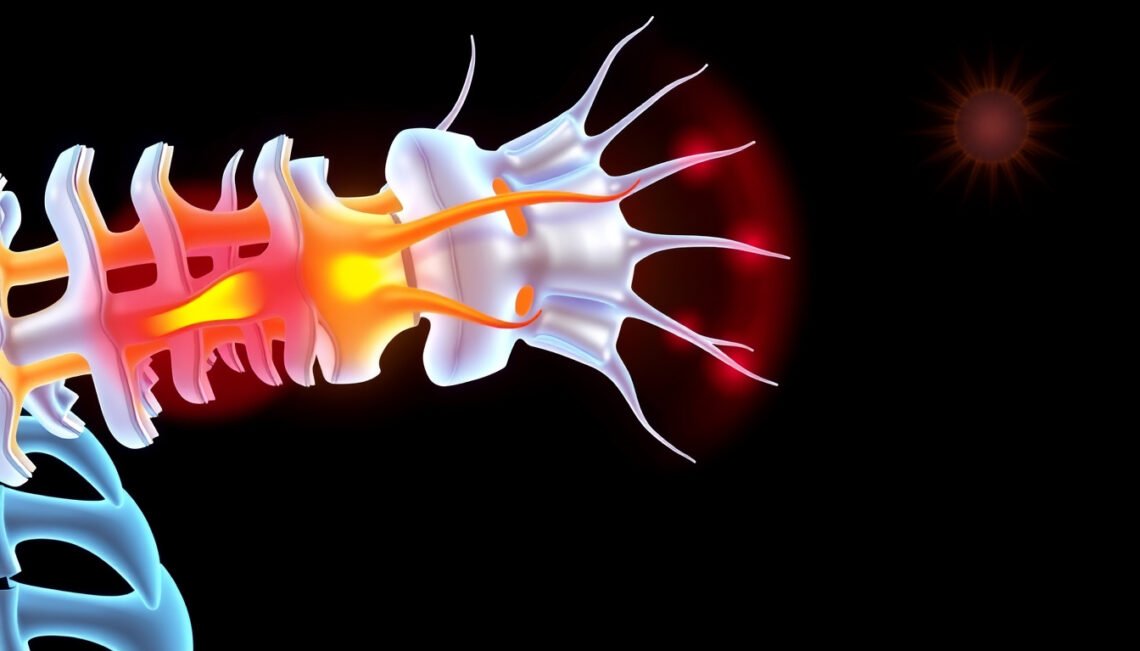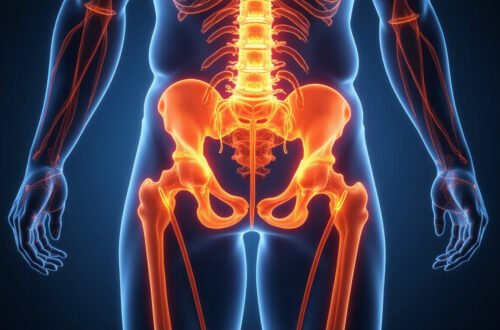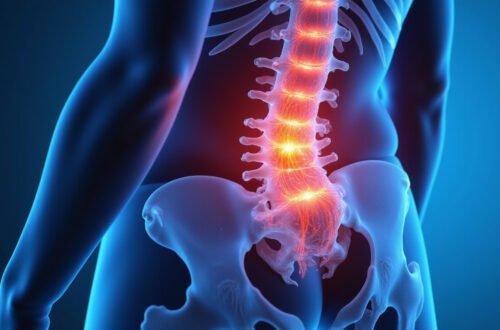Nerve root compression is a common medical condition that affects millions of people worldwide. It occurs when the nerve roots—the initial segments of nerves as they exit the spine—become pinched or irritated. This compression can lead to a range of symptoms, from mild discomfort to severe pain and neurological deficits. Understanding nerve root compression causes, symptoms, and effective treatment options is essential for timely diagnosis and management to prevent long-term damage.
What Is Nerve Root Compression?
Nerve root compression, often referred to as a pinched nerve, occurs when surrounding structures such as bones, discs, or soft tissues put pressure on the nerve roots emerging from the spinal cord. These nerve roots transmit signals between the spinal cord and the rest of the body, so any interference with their function can result in pain, numbness, or weakness along the nerve’s pathway.
Common Causes of Nerve Root Compression
Several conditions can lead to nerve root compression, including:
- Herniated Disc: One of the most frequent causes, a herniated or slipped disc occurs when the soft inner gel of the spinal disc pushes out through a tear, pressing on nearby nerve roots.
- Degenerative Disc Disease: With age, spinal discs can lose height and flexibility, leading to narrowing of the spaces where nerves exit the spine (foraminal stenosis).
- Spinal Stenosis: This condition involves the narrowing of the spinal canal, which can compress nerve roots directly.
- Bone Spurs (Osteophytes): These are bony projections that develop along the edges of bones, often due to arthritis. They can encroach on nerve root spaces.
- Trauma or Injury: Accidents or falls can cause fractures or dislocations that compress nerves.
- Tumors or Infections: Though less common, growths or infections near the spine can apply pressure to nerve roots.
Recognizing the Symptoms of Nerve Root Compression
Symptoms often vary depending on which nerve root is affected, but typical signs include:
- Radiating pain: Pain that follows the path of the compressed nerve, such as sciatica in the case of lower back nerve root compression.
- Numbness or tingling: A pins-and-needles sensation or loss of sensation in the affected area.
- Muscle weakness: Difficulty lifting or holding objects if motor nerves are involved.
- Reflex changes: Altered reflexes may be detected during a neurological examination.
- Sensory changes: Patients might experience hypersensitivity or reduced sensation.
The symptoms usually worsen with certain activities like bending, lifting, or twisting, and improve with rest.

Diagnosing Nerve Root Compression
Accurate diagnosis is critical for effective treatment. A healthcare provider will consider the patient’s history, symptoms, and perform a physical exam. Diagnostic imaging techniques such as:
- MRI (Magnetic Resonance Imaging): This is the gold standard for visualizing soft tissues and nerve roots.
- CT scans: Useful for assessing bone abnormalities.
- Electromyography (EMG) and nerve conduction studies: Evaluate nerve and muscle function.
These tools help pinpoint the location and extent of nerve compression.
Effective Treatment Options for Nerve Root Compression
Treatment for nerve root compression depends on the severity and underlying cause. Most people improve with conservative methods, but surgery may be necessary in some cases.
Conservative Treatments
- Physical Therapy: Targeted exercises can strengthen supporting muscles and improve spinal alignment to relieve pressure on nerves.
- Medications: Over-the-counter pain relievers, anti-inflammatory drugs, or prescription medications like muscle relaxants or nerve pain agents can help manage symptoms.
- Epidural Steroid Injections: These reduce inflammation around the nerve root.
- Activity Modification: Avoiding movements that aggravate symptoms supports recovery.
- Heat/Ice Therapy: Can reduce muscle spasm and inflammation.
Surgical Interventions
When conservative treatments fail or neurological deficits worsen, surgery may be recommended. Common procedures include:
- Discectomy: Removal of herniated disc material compressing the nerve.
- Laminectomy: Removal of part of the vertebra (lamina) to alleviate spinal stenosis.
- Foraminotomy: Enlargement of the foramen to relieve nerve pressure.
Surgical options aim to decompress the nerve roots and restore normal function.
Preventing Nerve Root Compression
Prevention focuses on maintaining spinal health and avoiding risk factors:
- Practice good posture.
- Engage in regular low-impact exercise.
- Use proper lifting techniques.
- Maintain a healthy weight.
- Avoid tobacco use, which can worsen disc degeneration.
Summary: Key Points on Nerve Root Compression
- Caused primarily by herniated discs, degenerative changes, or spinal stenosis.
- Symptoms include radiating pain, numbness, and muscle weakness.
- Diagnosed via history, physical exam, and imaging.
- Treatable with physical therapy, medications, injections, or surgery.
- Preventable through healthy lifestyle habits.
FAQ
Q1: What is the difference between nerve root compression and a pinched nerve?
A1: The term "pinched nerve" is often used interchangeably with nerve root compression, but nerve root compression specifically refers to pressure on nerves as they exit the spinal canal, while pinched nerves can occur anywhere along the nerve path.
Q2: How long does nerve root compression take to heal?
A2: Healing time varies. Mild cases may resolve within weeks with conservative treatment, while severe compression might require months and sometimes surgery for lasting relief.
Q3: Can nerve root compression cause permanent damage?
A3: If untreated, prolonged nerve compression can lead to permanent nerve damage, including muscle atrophy and loss of sensation, highlighting the importance of early diagnosis and management.
For in-depth information on spinal nerve anatomy and related conditions, the Mayo Clinic provides a detailed resource worth reviewing (source).
Take Control of Your Spinal Health Today
If you suspect you have symptoms of nerve root compression, don’t delay seeking medical advice. Early diagnosis and proper treatment can prevent complications and improve your quality of life. Consult with a healthcare professional to explore the best treatment options tailored to your needs and get back to living pain-free. Your spine is your lifeline—take care of it!






